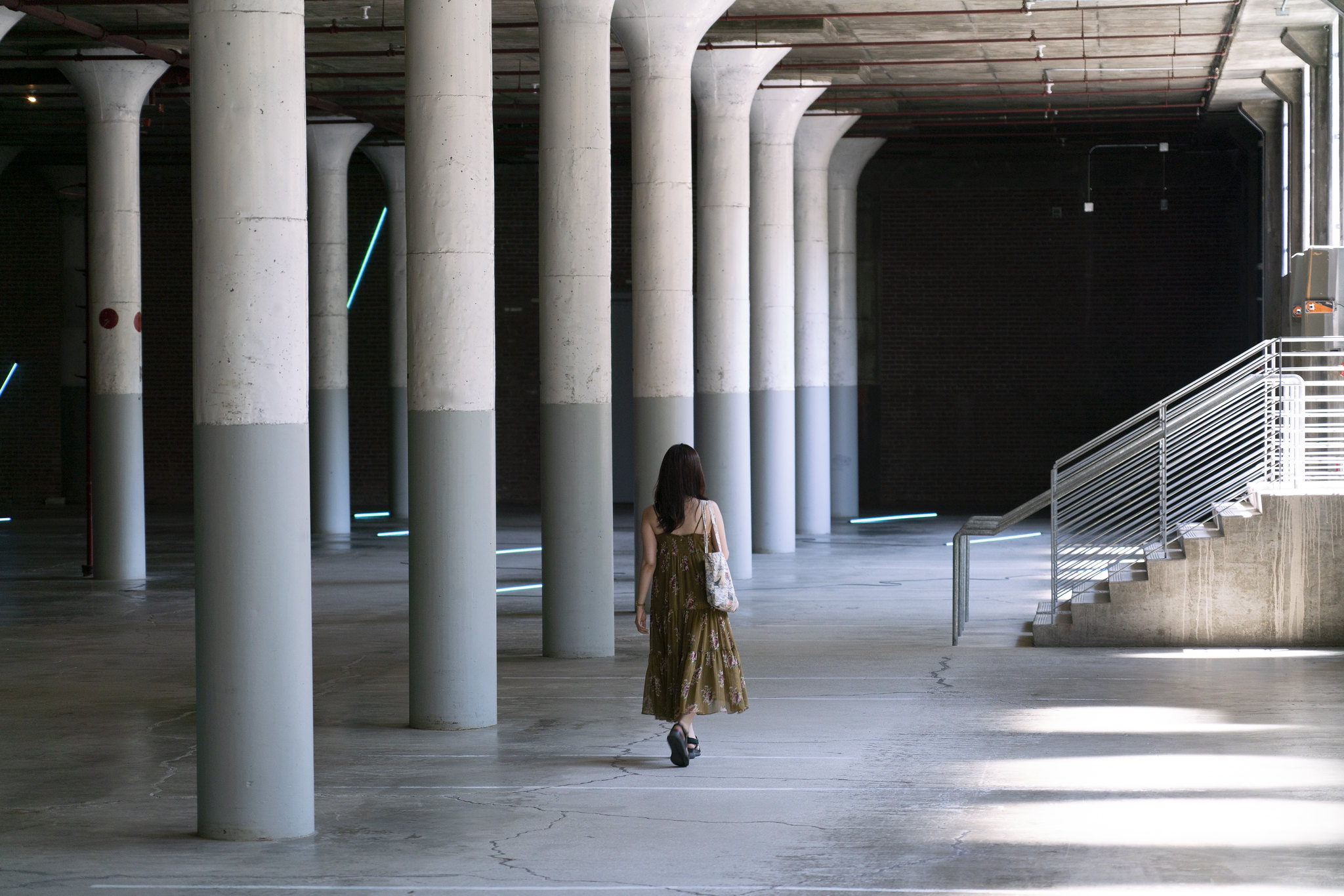
The Part-Time Gallery Attendant enforces rules and regulations as necessary to assist visitors and protect the collection. The position requires teamwork and knowledge of Dia:Beacon’s collection as well as Dia Art Foundation’s history, mission, and sites.
The Part-Time Gallery Attendant is responsible for providing a positive, professional, and safe environment for Dia:Beacon visitors to explore the collection. A DIA Beacon Admission Ticket gives you access to a multi-leveled structure that houses permanent pieces of art, as well as, some temporary/traveling exhibits. Dia Beacons facility, the Riggio Galleries, is a former Nabisco box-printing facility. The museum, which opened in 2003, is situated on the banks of the Hudson River in Beacon, New York. This is a year-round position, but the work hours will fluctuate seasonally based on the museum’s hours of operation. Dia Beacon is the museum for the Dia Art Foundation s collection of art from the 1960s to the present and is one of the 11 locations and sites they manage. Occupying a former box-printing factory on the banks of the Hudson River, the contemporary art museum spans nearly 300,000 square feet and welcomes more than 100,000 visitors a year.ĭia:Beacon seeks a part-time Gallery Attendant to work 3–4 days a week including weekends and most holidays.

*Though Japanese barberry is considered invasive, and from a gardening perspective, rather than a design perspective, perhaps not the best choice.Located in Beacon, New York, Dia:Beacon presents Dia Art Foundation’s renowned collection of art from the 1960s to the present as well as special exhibitions, new commissions, and public programs. Dia:Beacon Dia:Beacon, Riggio Galleries is the museum for the Dia Art Foundations collection of art from the 1960s to the present. I start in the space and walk through it a thousand times, just sort of running my hands over the whole thing," and the resulting landscape shows the touch of a man who lived with the building and its artwork every day and created a garden in the same spirit. In a reclaimed Nabisco box factory, the 36000 square feet of gallery space is. Irwin said in an interview with the New York Times, ''I lived in a little town across the river for a year, and went there every day,'' Mr. Dia: Beacon in Beacon is the place to sign up for a dose of the avant-garde. The idea of alternating opacity and clarity is repeated inside, where Irwin replaced panes of frosted glass with panes of clear glass, framing the verdant outdoors from indoors. The walkway to the museum is lined with concrete pavers filled in with grass that has grown to cover most of the concrete in wide swaths, but then bursts in staccato diamonds along the edge of the walkway, forming a pattern of gray lattice work interrupted by the pointilist dots of grass. On the west side of the museum, Japanese barberry* fills out tiers of planters that abut the huge gallery space for the Serra sculptures, once again a play on the boxy cubes of hornbeams and Judd's fifteen wooden boxes. The long rolling lawn alongside the hornbeams is adjacent to a side garden of the museum, where cherry trees form two long rows-themselves forming lines parallel to the long interior galleries.

Metal edges for the planters also were a reminder of the metal parts on Beuys's Brazilian Fonds, art pieces named for plants, but made of felt, and of the curved metal of Serra's Ellipses. Four quadrants of hornbeams outside the museum are a living and breathing echo of the rhythm and cadences of the work inside-the squared-off shape of the trees, the sturdy repetition of the trunks, and the changing perception of light and shadows when I walked through the trees. After spending several hours inside Dia, I was able to see that the gardens were a direct extension of the art and the building itself. Located on the Fishkill Creek in Beacon NY, these luxury accommodations reside in former. The gardens at Dia:Beacon were designed not by a landscape architect, but by artist Robert Irwin. At Dia:Beacon, says artist Robert Irwin, who helped transform the 1929 Nabisco box- printing factory in Beacon, New York, into a radiant showcase for art, the. Roundhouse Beacon is the stunning result of a painstaking rehab. You can see the tops of the cherry trees in the background of the photo.


 0 kommentar(er)
0 kommentar(er)
